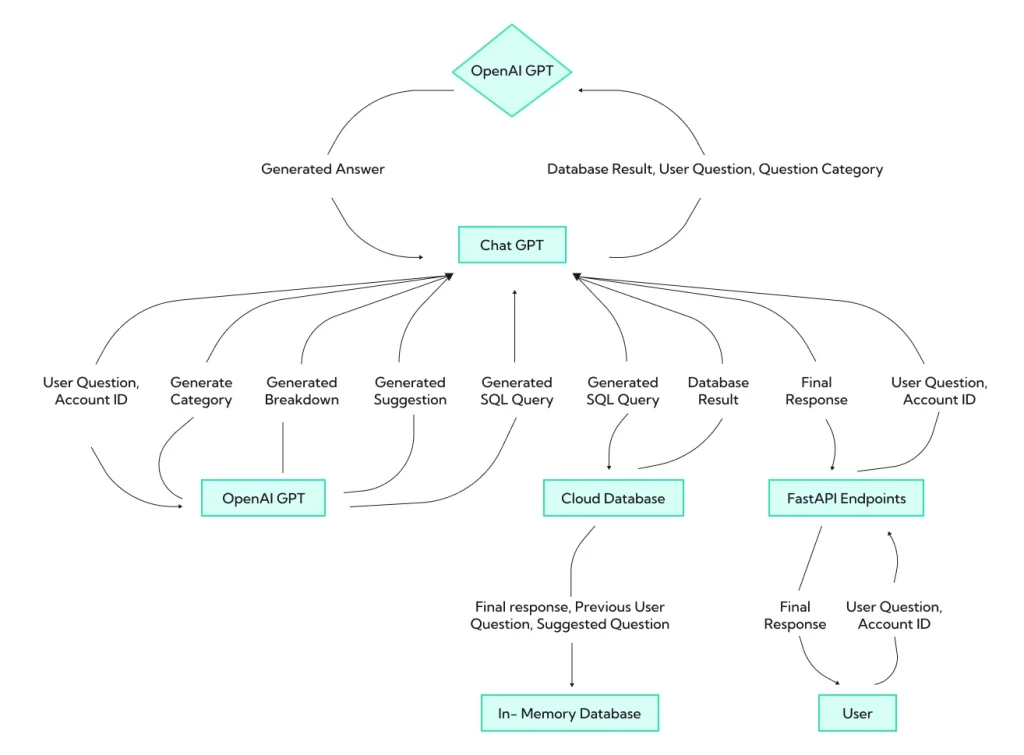The story
The client operates a group of companies spanning seven diverse sectors, all dedicated to providing exceptional products and services aimed at improving people’s lives.
The challenge
In Gulf Countries, car rentals are a common practice, and one of the client’s companies, the client, specializes in offering cars for rent and lease. Although they had previous projects providing these services, they sought to streamline the rental process into a single, user-friendly platform.
The primary challenge they faced was the dynamic nature of the car rental industry, where requirements and changes could emerge at any time. Ensuring a robust user identity authentication system to validate Emirates ID, Driving License, or Home Country Driving License was also a significant challenge.
The solution
To address these challenges, the client decided to create a dedicated platform for car rentals. This platform would allow users to easily select from a variety of cars, make seamless payments, choose pick-up and drop-off locations, and access many other features. They chose to use the Flutter framework to build this platform, and to ensure flexibility in accommodating continuous changes, they adopted Clean Architecture for the project.
The platform incorporated various features such as Maps, Payment gateways, Analytics, Notifications, and Deep Linking. Additionally, OCR (Optical Character Recognition) APIs were integrated to extract user data from Emirates IDs, Driving Licenses, or Home Country Driving Licenses to ensure data accuracy and validation.
The outcome
The car rental platform has been successfully launched on both Apple App Store and Google Play Store, attracting more than 25,000 users on each platform within the first six months. This achievement has greatly helped the client’s organization streamline their car rental business.
Following the Minimum Viable Product (MVP) release, ongoing enhancements and the addition of new features continue to make the platform even more user-friendly and easier to use. This case study demonstrates how the strategic use of technology and a thoughtful approach to system architecture can lead to a successful and adaptable solution in a dynamic industry.
Planning to outsource software development services?
Contact sales, to start a project, now.












